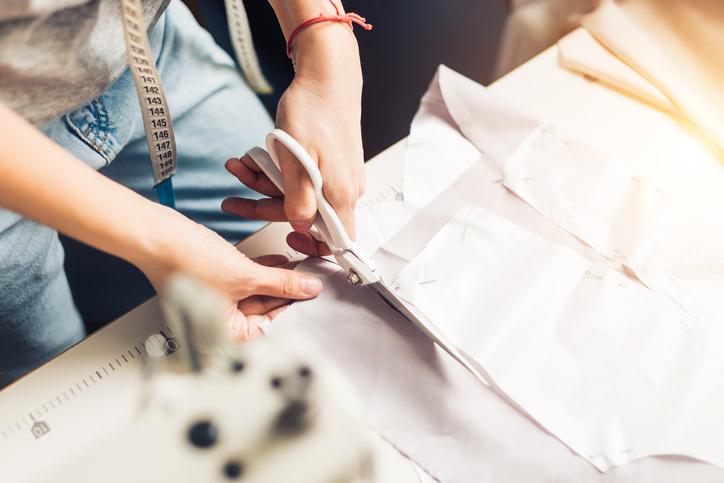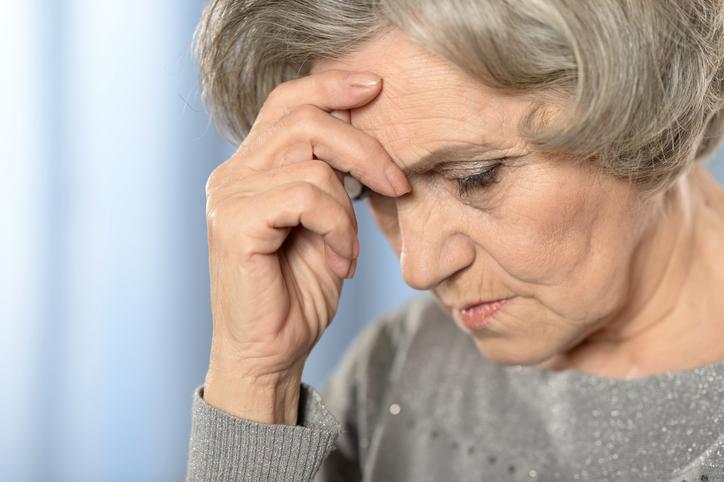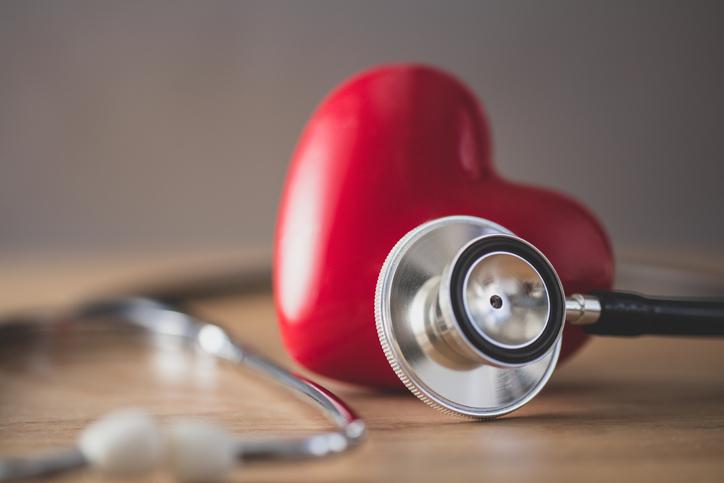27 октября 2021
Understanding Gallbladder Removal


27 октября 2021
Understanding Gallbladder Removal
## Why is the gallbladder important?
The gallbladder is a crucial part of the digestive system. It collects bile and when food enters the small intestine, the [gallbladder](https://ul.orna.me/KOge/librarydisease?id=76) contracts and releases 40–60 ml of its contents needed to digest and assimilate food.
## What harms the gallbladder?
There are many gallbladder diseases, and the causes are varied. Risk factors include improper diet and unhealthy lifestyle, genetic predisposition, stone formation, [inflammation](https://ul.orna.me/KOge/librarydisease?id=78), hormonal disorders, infections, viruses, and parasites.
Some gallbladder diseases that can lead to damage to the liver, pancreas, or the development of tumors are indications for removal. These include:
- Acute cholecystitis: can cause severe complications including peritonitis, abscesses, and sepsis
- Choledocholithiasis (stones in the bile ducts): blockage of the ducts, development of mechanical jaundice, pancreatitis, and cholangitis
- Cholesterolosis (cholesterol deposition in gallbladder wall): impairs gallbladder functionality
- Gallbladder calcinosis (or porcelain gallbladder, deposition of calcium salts): high risk of cancer (about 25 %)
- [Gallstone](https://ul.orna.me/KOge/librarydisease?id=69) disease (GBS): liver cramps or stones larger than 2.5 cm are indications for surgery
- Gallbladder polyps: cholecystectomy is indicated if the polyp is larger than 1 cm or has a vascular stem
Unfortunately, patients often become aware of gallbladder disease when surgery is unavoidable, even though at the initial stage it could have been managed with medication. In order to detect the problem in time, it is necessary to visit a gastroenterologist regularly and have a complete checkup of the digestive system.
## How is it removed?
The optimal option, which is resorted to most often, is laparoscopic cholecystectomy. The gallbladder is removed with endoscopic equipment through small punctures. The recovery from the surgery is mild, and it does not leave any significant traces in the body.
In cases complicated by the presence of adhesions or severe inflammation, laparotomic cholecystectomy, which is an open operation, will be performed. It is also performed if the patient has uncorrectable clotting disorders, widespread peritonitis, acute cholecystitis (more than 72 hours), serious heart diseases, and other vital organs and systems.
## How soon can the patient go home?
The duration of the rehabilitation period is individual for each patient. Recovery depends on the condition of the body, health indicators, speed of tissue regeneration, age, and, of course, the type of surgery. Generally, you can leave the hospital 2–3 days after laparoscopy. After open surgery, it takes a little longer. The patient usually feels better after one week.
## What happens following surgery
In the first 4 months, you will need to follow a diet prescribed by a gastroenterologist. After that, you can work with a dietician to adjust the diet.
During this period, the restructuring of the human digestive tract begins as the body learns to live without the organ and compensate for its absence. The liver secretes bile, which flows through the bile ducts into the duodenum. Over time, the secretion is produced in doses as needed. Eventually, the body will adapt to the new conditions and you can return to a more familiar diet and lifestyle.













